Laser wart removal treatment offers precise, non-invasive removal with minimal discomfort, suitable for diverse skin types and providing swift results in minutes per wart. Cryotherapy is a faster, more conservative method with shorter procedure times, ideal for children and sensitive skin, but may require multiple sessions. Recovery times differ; lasers cause immediate redness and mild discomfort, while cryotherapy leads to temporary redness or blistering. Costs range from £50-£300 per session, depending on the method and clinic location. Individual needs, budget, and comfort level determine the best choice for wart removal.
Looking to bid farewell to annoying warts? Discover the power of two popular treatments: laser and cryotherapy. This comprehensive guide delves into the world of laser wart removal treatment, exploring its effectiveness compared to cryotherapy. We break down each method, safety considerations, recovery processes, costs, and help you choose the best path to smooth, wart-free skin.
- Understanding Laser Wart Removal Treatment
- Exploring Cryotherapy: A Different Approach
- Efficiency and Safety: Laser vs Cryotherapy
- Recovery Process: Which Option Is Better?
- Cost Considerations for Each Treatment
- Choosing Between Laser and Cryo Therapy
Understanding Laser Wart Removal Treatment
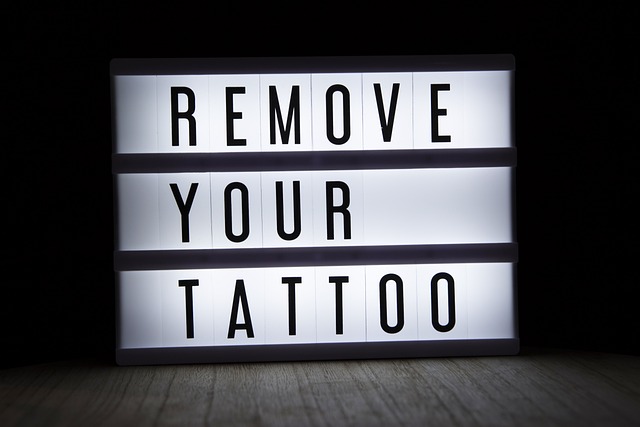
Laser wart removal treatment has emerged as a modern and effective approach to eliminating warts. This non-invasive procedure utilizes concentrated light energy to target and destroy targeted tissue, specifically the abnormal cells causing warts. It’s suitable for people with various skin types and can be an efficient option for those seeking fast and long-lasting results. The process involves a trained professional directing a laser beam onto the wart, taking just minutes to complete.
Unlike traditional cryotherapy, which freezes and sheds off the wart, laser treatment offers precision and minimal discomfort. The duration of the procedure varies based on the size and number of warts but generally takes less time than other methods. Many patients in Gloucester find this approach appealing due to its efficiency and the potential for reduced downtime compared to other treatments. It’s always best to consult with a specialized clinic, like those in Gloucester, to determine if laser wart removal is suitable for your specific case.
Exploring Cryotherapy: A Different Approach

Cryotherapy presents a distinct approach to wart removal, using extreme cold to freeze and destroy targeted tissue. This non-invasive procedure involves applying liquid nitrogen to the affected area, causing the wart to turn white and die. It’s particularly effective for children’s warts due to its relatively painless nature compared to some laser treatments.
Compared to laser wart removal treatments, cryotherapy offers a faster procedure time but may require multiple sessions for optimal results. Post-laser care instructions vary, while cryotherapy often involves less downtime and minimal side effects. For those seeking private wart removal in Gloucester or similar areas, both options are available, with healthcare professionals providing guidance tailored to each patient’s needs.
Efficiency and Safety: Laser vs Cryotherapy
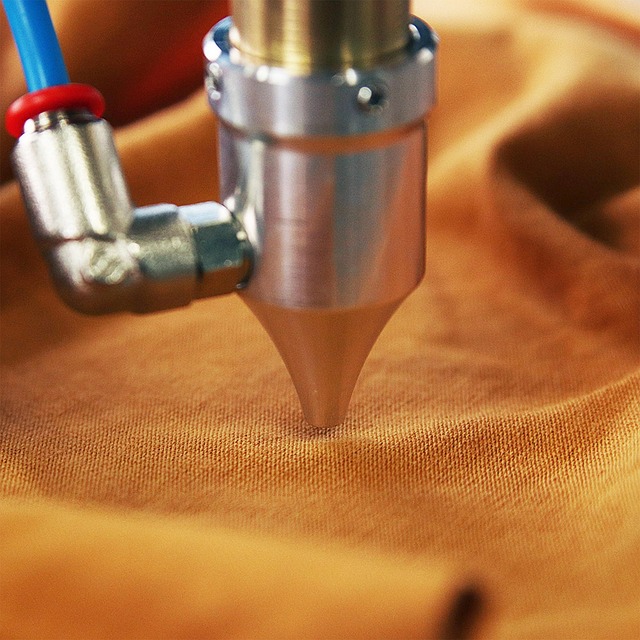
When comparing laser vs cryotherapy for wart removal, efficiency and safety are paramount considerations. Both methods have their strengths and weaknesses in treating warts effectively while minimising side effects. Laser wart removal treatment involves targeting the infected skin cells with concentrated light energy, which ablate and destroy the warts. This approach is generally swift, often providing permanent relief from warts after just a few sessions. It’s particularly effective for complex or hard-to-reach warts, making it a preferred choice in private wart removal Blackburn, Coventry, or Epsom.
On the other hand, cryotherapy freezes and damages the infected skin cells, causing them to slough off over time. While this method may take longer for results to become apparent, it is generally considered safer and less painful than laser treatment. Cryotherapy is suitable for individuals with sensitive skin or those who prefer a more conservative approach to wart removal. However, it might require repeated treatments, which can be more costly and time-consuming compared to laser therapy.
Recovery Process: Which Option Is Better?
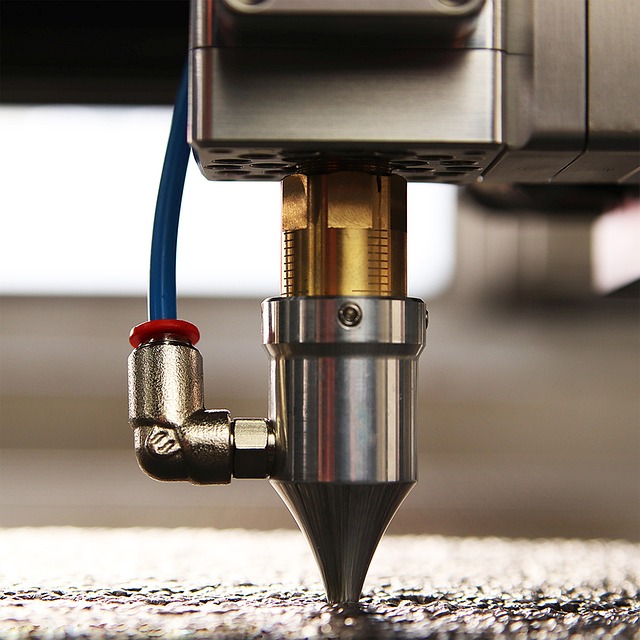
The recovery process plays a significant role when considering laser versus cryotherapy for wart removal. Laser wart removal treatment involves targeted pulses of light that destroy abnormal skin cells. While it offers precise elimination, patients may experience redness, swelling, and mild discomfort immediately after the procedure. Typically, several sessions are required, with each treatment taking just a few minutes. Post-treatment care includes keeping the area clean and protected from sunlight. On the other hand, cryotherapy freezes warts using liquid nitrogen. This method is generally quicker for treating single or small clusters of warts but may cause temporary redness, swelling, or blistering. Many patients find it less painful than laser treatment, making it a preferred choice for those seeking swift relief.
When comparing recovery, laser treatments often result in faster healing times for larger or more extensive wart issues due to its targeted approach. Homeopathic remedies for warts, such as those available in Blackpool or Epsom, offer a natural alternative but may not be as effective or rapid as these medical procedures. The choice between laser and cryotherapy depends on individual preferences, the size and number of warts, and desired healing speed.
Cost Considerations for Each Treatment
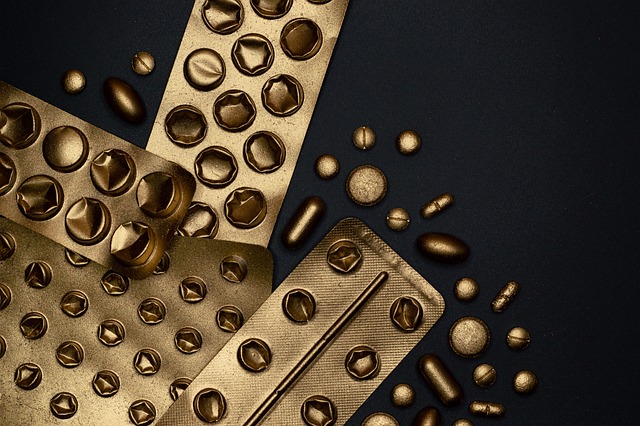
When considering laser vs cryotherapy for wart removal, cost is a significant factor. Laser wart removal treatment can be more expensive upfront due to the specialized equipment and skilled technicians required. Prices can vary widely depending on the clinic and the size and number of warts being treated. On average, expect to pay between £100 to £300 per session, with multiple sessions often needed for complete wart removal.
In contrast, cryotherapy, or freezing warts, is generally less costly. This method uses liquid nitrogen to destroy the wart tissue and typically costs between £50 to £150 per treatment. While it may be more budget-friendly, keep in mind that multiple visits are usually necessary, just like laser treatments. The wart removal guildford and private wart removal essex colchester clinics often offer packages or discounted rates for multiple sessions, making these options competitive in terms of overall cost.
Choosing Between Laser and Cryo Therapy
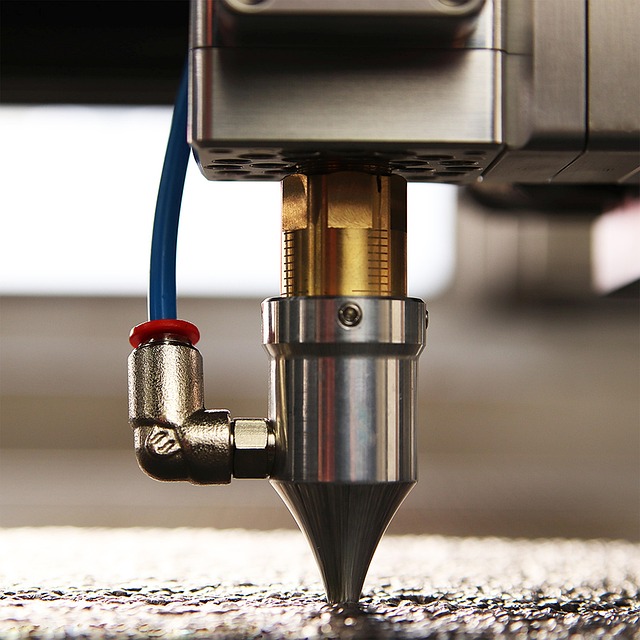
Choosing between laser and cryo therapy for wart removal can be a tough decision. Both methods have their advantages, but they also come with distinct drawbacks. Laser wart treatment near me, like those offered at a Doncaster wart clinic, involves targeted beams that destroy abnormal skin cells. It’s often considered the best laser wart removal near me for hard-to-reach or multiple warts, as it can treat several areas in one session. However, it might cause temporary redness, swelling, and discomfort, and isn’t suitable for people with certain skin conditions or taking specific medications.
On the other hand, cryo therapy freezes warts using liquid nitrogen. It’s a quick, non-invasive procedure, often more comfortable than laser treatment, and can be effective for both single and multiple warts. Yet, it may not be as reliable as laser treatments in removing warts completely on the first attempt, requiring repeat sessions. When deciding, consider your specific needs, budget, and comfort level with each method to choose the most suitable wart removal option for you.
When comparing laser vs cryotherapy for warts, both methods offer effective solutions with distinct advantages. Laser treatments provide a precise, targeted approach, potentially leading to faster recovery times. Cryotherapy, while slightly less invasive, relies on cold temperature to freeze and destroy warts. In terms of safety, laser treatments may have an edge due to their localized effect. However, cost considerations play a significant role in the decision-making process. Ultimately, choosing between these methods depends on individual preferences, budget, and the specific characteristics of the warts being treated. For accurate determination, consulting a dermatology professional is recommended.
